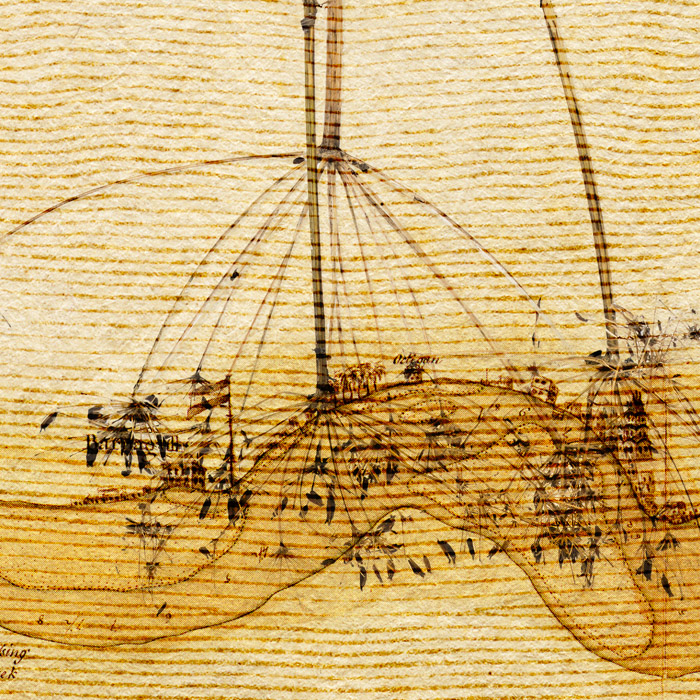Japanese videos show up on my YouTube feed a lot. This morning there was a magical one made by a creator of miniature three-dimensional scenes—a tradition in Japan. You can’t really call them dollhouses because they’re too small for dolls—this one a replica of his own studio complete with many-drawered cabinets, jars of brushes, sketches tacked on the walls, paints, knives and supplies scattered on the desk and lined up on shelves, a tumbling stack of books, and even a view through the window. The video (no voice-over, just quiet music) showed his amazingly steady hands painstakingly creating first the three-walled room and then each tiny bit, finally putting it all in place.
After watching that, I looked out the sliding glass doors of my kitchen, and watched deer walking on the snow-covered railroad track behind our house. Deer, coyote, foxes… it’s a highway for the animals in winter. A place they can walk without running into humans or cars.
Then I glanced down at my copy of A Course in Miracles on the table and my eyes landed on this:
“…think on this awhile: The world you see does nothing. It has no effects at all. It merely represents your thoughts. And it will change entirely as you elect to change your mind…”
Our world is like that miniature artist’s studio. It magically shows us a mirror-like, 3D representation of what we think, feel, and believe. Every time we dwell on a thought that feels bad—a fearful, angry, blaming thought, a worried thought, a thought of scarcity or anxiety for the future—it’s like we’re adding something discordant and frightening to the precious little world we’re creating.
The other day I was listening to a near-death experiencer talk about looking back at this reality from his non-physical perch and how it looked like a paper maché stage set—like a bit of fluff—completely unreal. And yet upon this stage, when we are in the play, everything seems absolutely real and solid. We fear, we grieve; we strive and struggle with the happenings on stage, and with the stage set itself.
The cool thing about this reality is that it includes time. So it offers us a buffer period between when we think a thought and when it manifests. Most often we have to create a good head of steam by thinking and feeling the same thing repeatedly before it begins to decorate our dollhouse.
So we get many moments to choose. Is this what I want to put in my world, this world I’m creating? Do I really want to see a 3D representation of my complaints or my worries? Wouldn’t I rather see a mirror of my inner peace and happiness?
Maybe not. Some of us really enjoy the drama of painful emotions. Some of us like to let things get really bad, hit bottom, and then rise like a phoenix. I’ve done that a few times. Maybe we like to see how bad we can let it get and still recover.
But these days I’m tired. I’ve had enough drama and pain, so I don’t go looking for them. I’m careful about what I read, what I watch, what I think, what I talk about and how I talk about it. I’ve gotten serious, or maybe sincere is the word, about the kind of world I want to create.
The desire to create and experience a peaceful world requires the ability to view the current manifestations, which are the results of past thought, without having a knee-jerk opinion about them if they’re troubling. It requires a kind of overlooking-acceptance. A forgiveness. It’s the refusal to feed the current manifestation by giving it the energy of your attention.
We build the new on the bones of the old, without condemning the old. We let it dissolve on its own. This doesn’t mean that we deny the suffering that is occurring. It means that we take seriously the cause of suffering and seek to remedy it where it begins, in each of our all-powerful minds.


